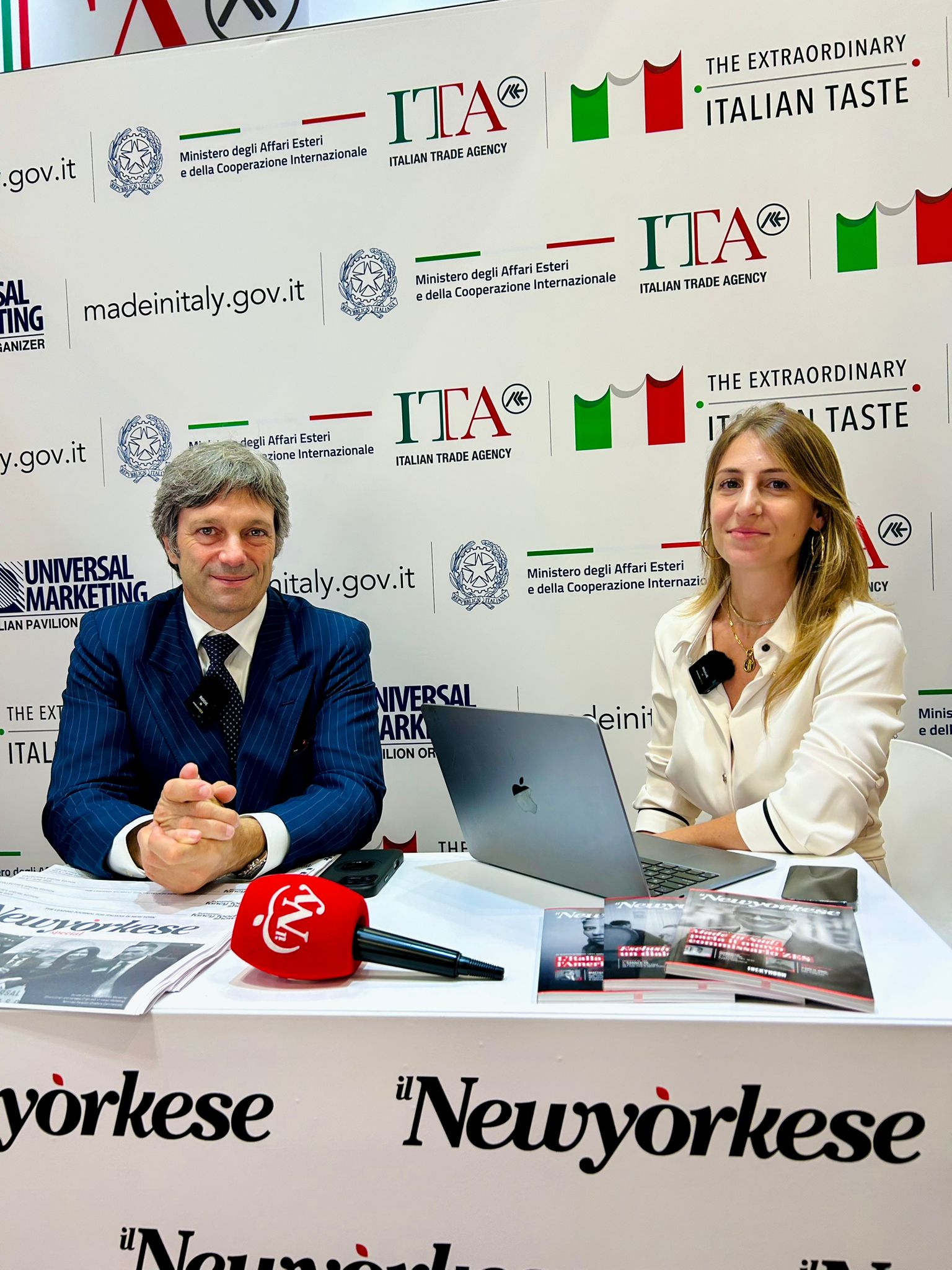President Zoppas, the United States is showing increasing interest in Italian excellence. What positive trends have you observed in recent years, and how can we leverage this momentum to strengthen Italy’s presence in the U.S. market?
That’s an interesting question. Looking at the growth figures for the agri-food sector—which I’ll focus on in particular—we can see that from 2019 (before the pandemic) up to 2022–2023, there has been double-digit growth, despite the impact of lockdowns and the subsequent reopening of markets. Transportation costs skyrocketed—up to five times higher—both on the East and West Coasts and more broadly across the U.S. This severely tested the price competitiveness of our products.
Then, just as logistics costs started to decrease, the war in Ukraine broke out, driving up energy prices and again affecting the final cost of our goods. These two cost factors—transportation and energy—mainly hit those producing in Italy and exporting to the U.S., rather than those manufacturing directly here. And yet, despite all of that, Made in Italy has continued to grow steadily.
This shows the strength of our brand: consumers have chosen to pay more rather than give up Italian products. That’s a strong signal. Of course, we don’t know how long this trend will last, because eventually markets may push back. But as of today, despite a roughly 10% appreciation of the dollar since the beginning of the year—which effectively acts like a tax—and despite uncertainty around tariffs, sales keep rising.
To give you a figure: in 2024 we saw a 17% increase in agri-food exports, and in the first four months of 2025 there’s already been another 14% jump. It’s true that there are some declines—for example, beer is down 40% in 2025, and rice has taken a hit as well. But overall, the trend remains positive.
Tariffs should not be introduced for several reasons: first of all, due to competitiveness, and secondly to protect our value chain. If we reduce the margins along the distribution chain, we risk pushing operators to turn to other countries. Also, we must avoid having tariffs passed on to the final consumer, who might then buy less—especially penalizing products that are more like commodities, with lower margins and high substitutability.
Fortunately, many Italian products are hard to replace: they’ve built a strong brand, recognition, a sense of premium quality. Consumers are willing to pay more rather than give them up.
Looking ahead, what are the challenges and opportunities for Italian exports? And what tools is the Italian Trade Agency putting in place to support businesses abroad?
We’re accelerating both promotion and development. Promotion is about telling the story of Made in Italy, while development involves events like the Fancy Food Show, where we create business matchmaking between clients and Italian producers.
Our action is ongoing, like Chinese water torture: we keep feeding the connection between foreign clients and Italian suppliers. When it became clear that tariffs could be an issue, the Ministry of Foreign Affairs directed us to step up efforts in 14 particularly strategic countries. But it also emphasized that the United States cannot be overlooked: it’s a market we’ve worked hard to conquer and one that holds enormous value. Losing it would mean spending a great deal of energy to win it back.
What makes the connection between Italy and the U.S. so strong when it comes to Made in Italy?
Rather than looking for external reasons, I’d say the strength lies in our products themselves: they’re well made—often better than the competition. They offer quality, service, creativity, inventiveness. And then there’s style, design. Even in food: there’s flavor, presentation, a way of cooking that reflects an entire supply chain built around excellence.
Which Italian food products are most in demand in the U.S.?
It depends. If we’re talking about volume, pizza is among the most widespread products, even though it has less of a premium positioning. Wine is doing very well, especially with our most recognized and upscale brands—those with names ending in “-aia,” so to speak—which represent us brilliantly. Prosecco is still a growing phenomenon, with brand awareness that’s hard to beat. Then there’s mozzarella, pasta, olive oil… all of our great classics are performing well in international markets.
One last question. What does it mean for a brand to take part in an event like the Fancy Food Show?
It depends on how advanced the internationalization process is. A well-established brand can use it to set up an optimized showcase, meet all of its clients in one place, saving time and resources. Moreover, events like this are a chance to catch the latest market trends, understand where the sector is heading, and see what’s happening in research and development. It’s a strategic moment to seize opportunities—but also to anticipate risks.
Thank you, President Zoppas, for joining us in New York.
Thank you.

